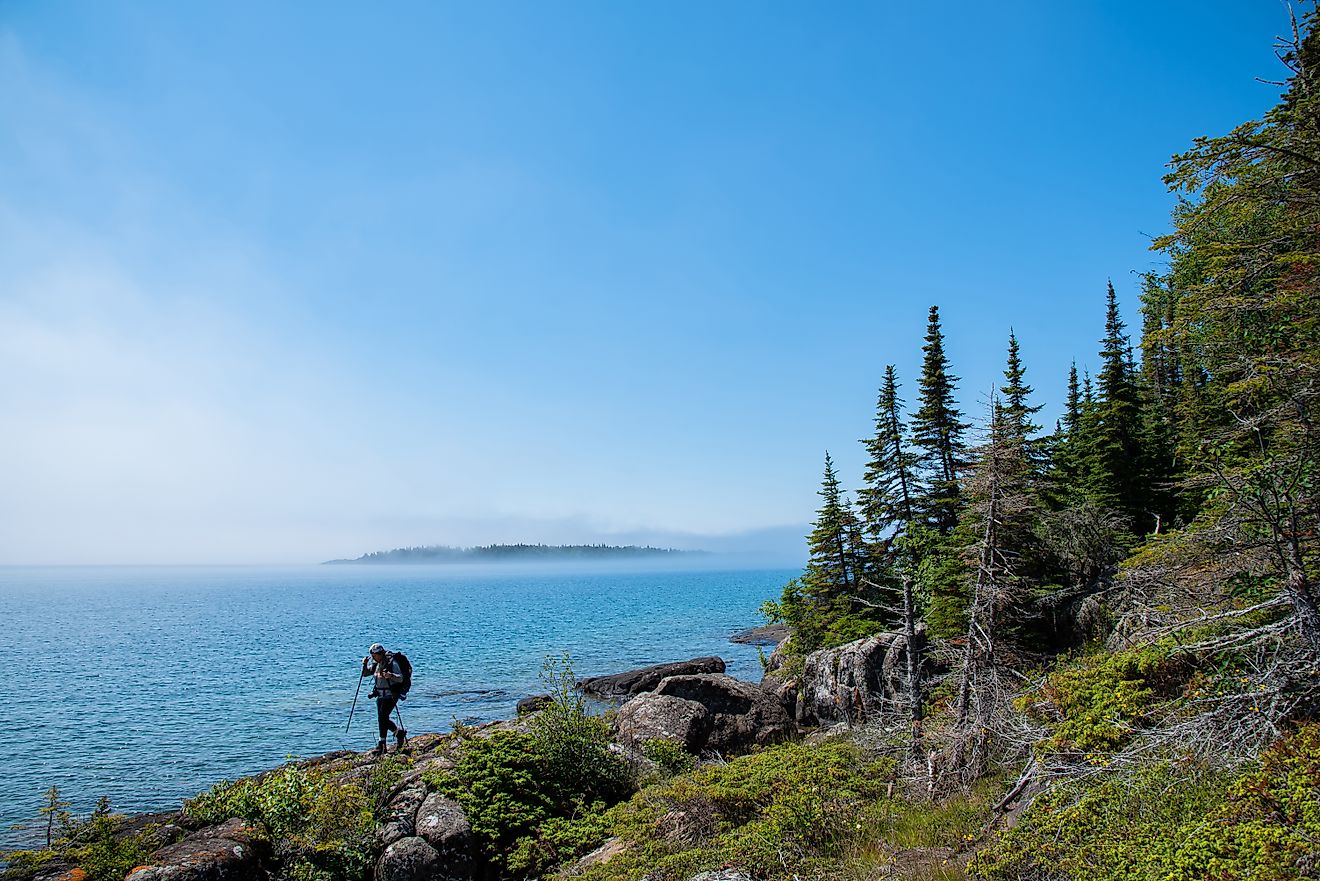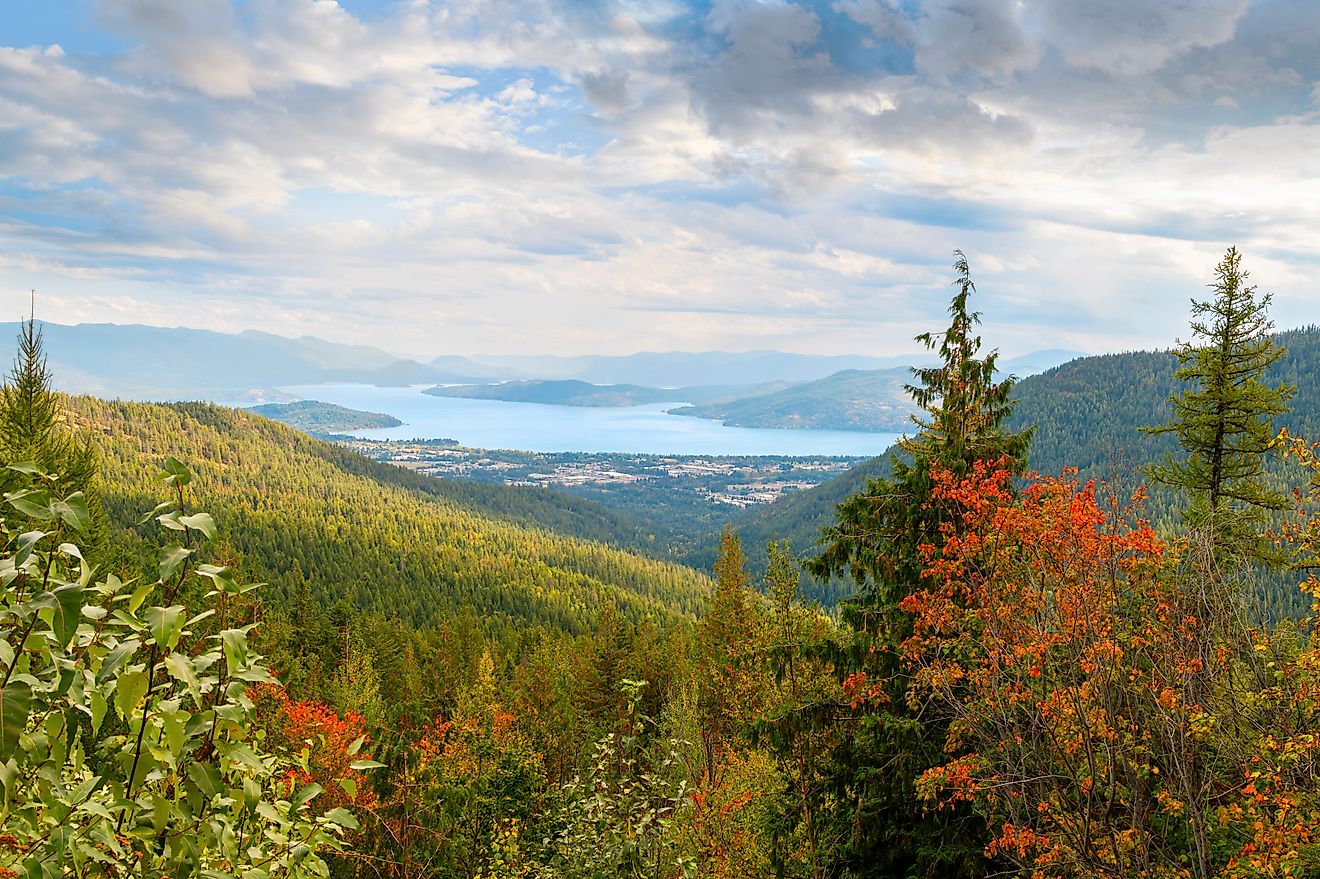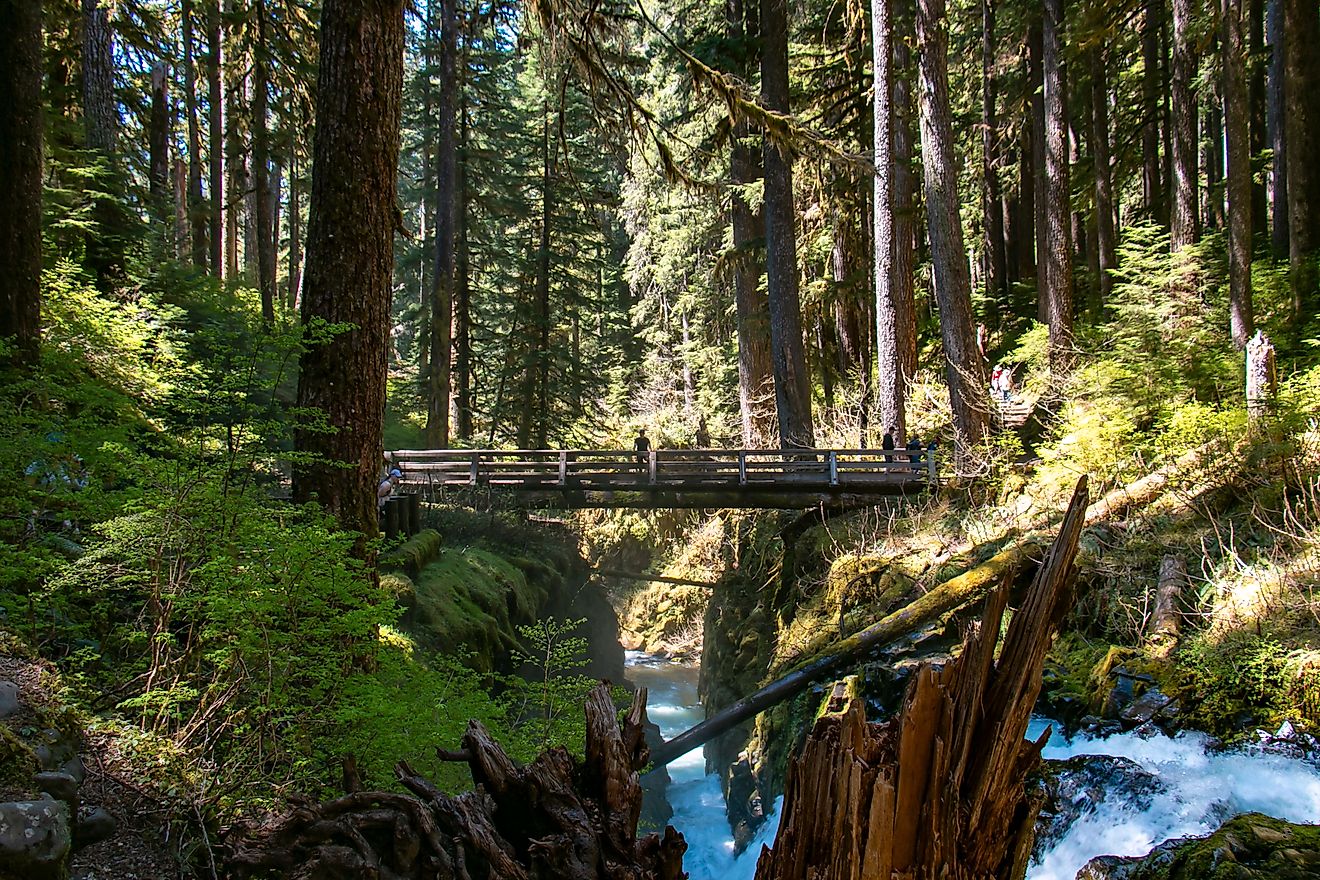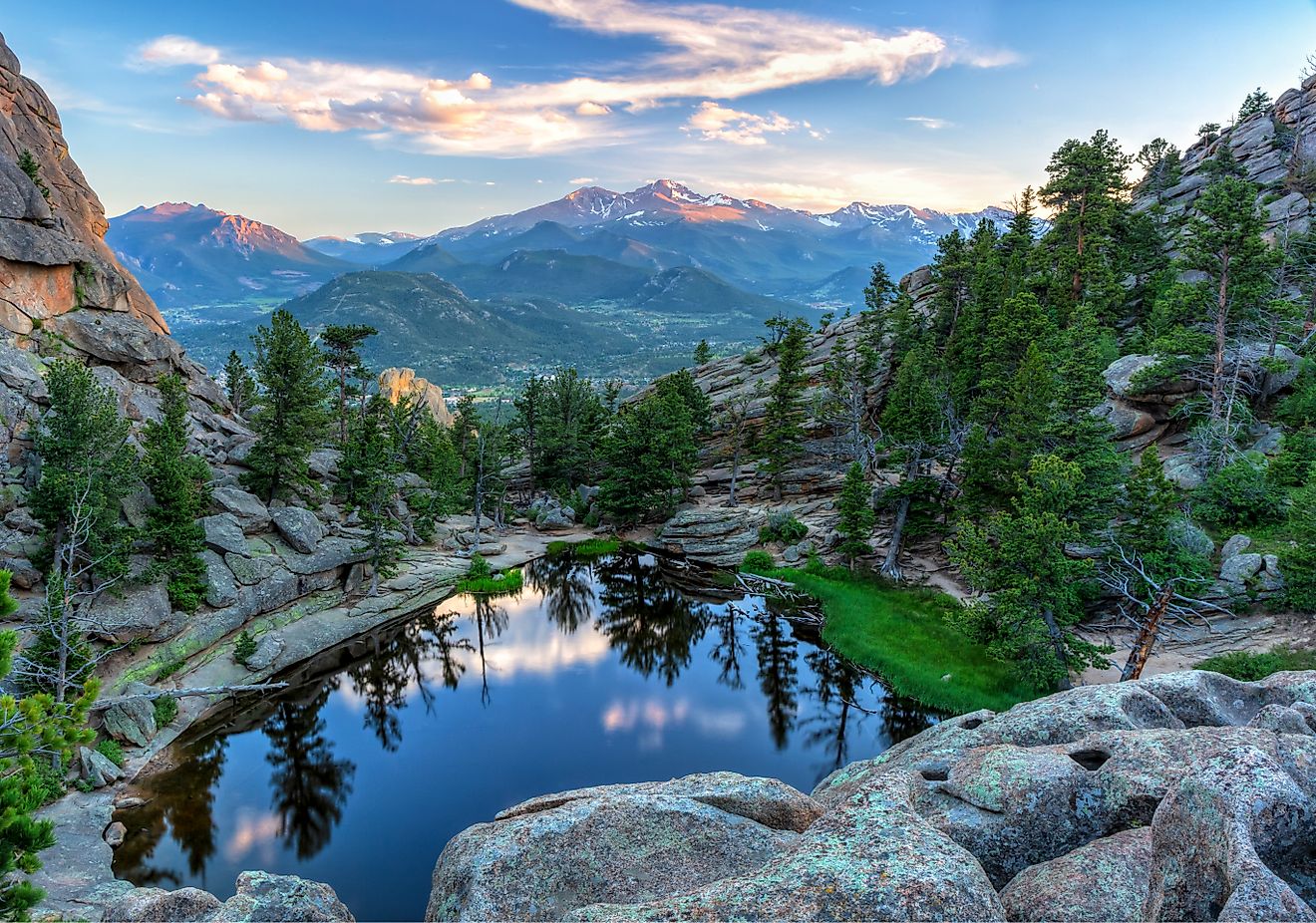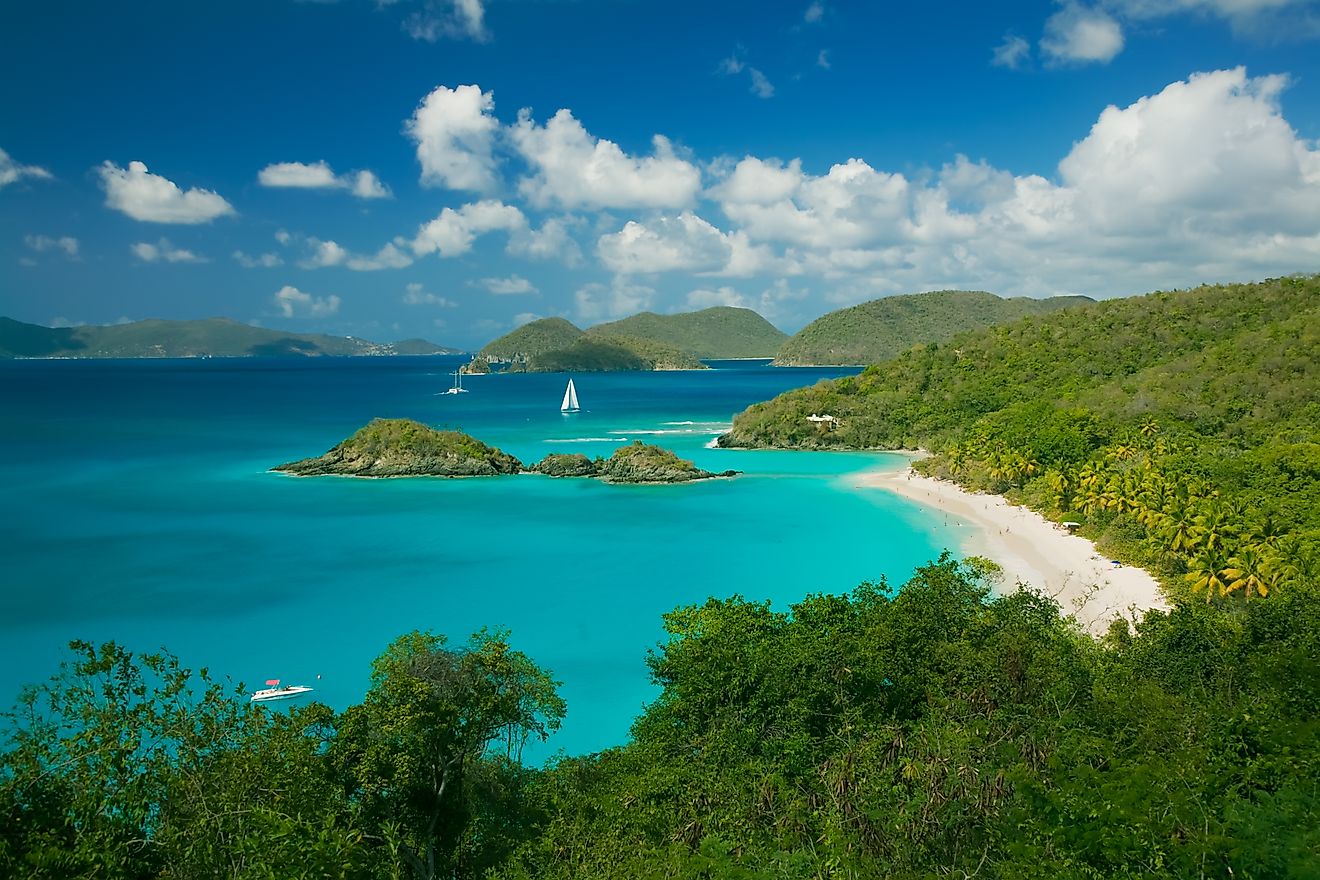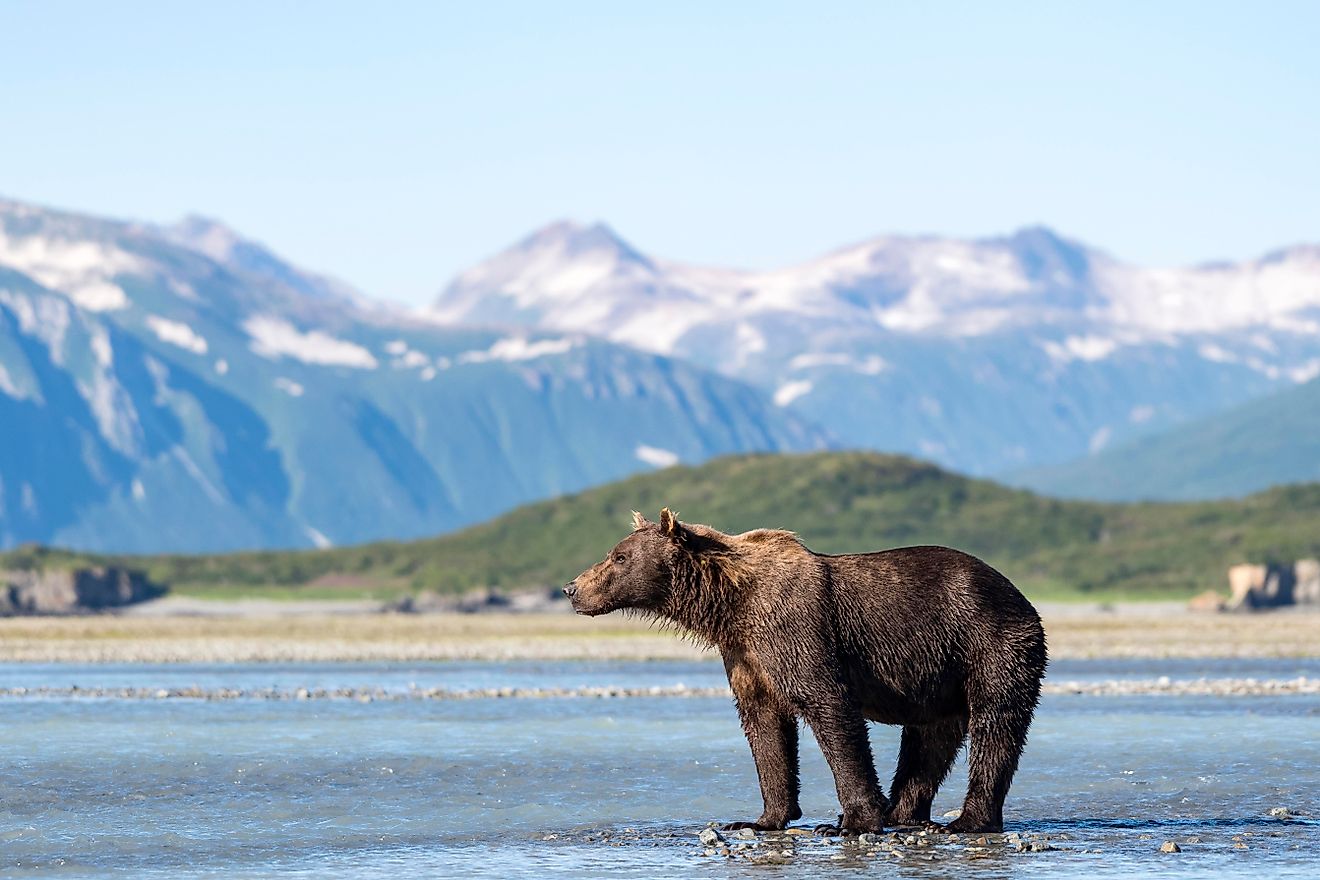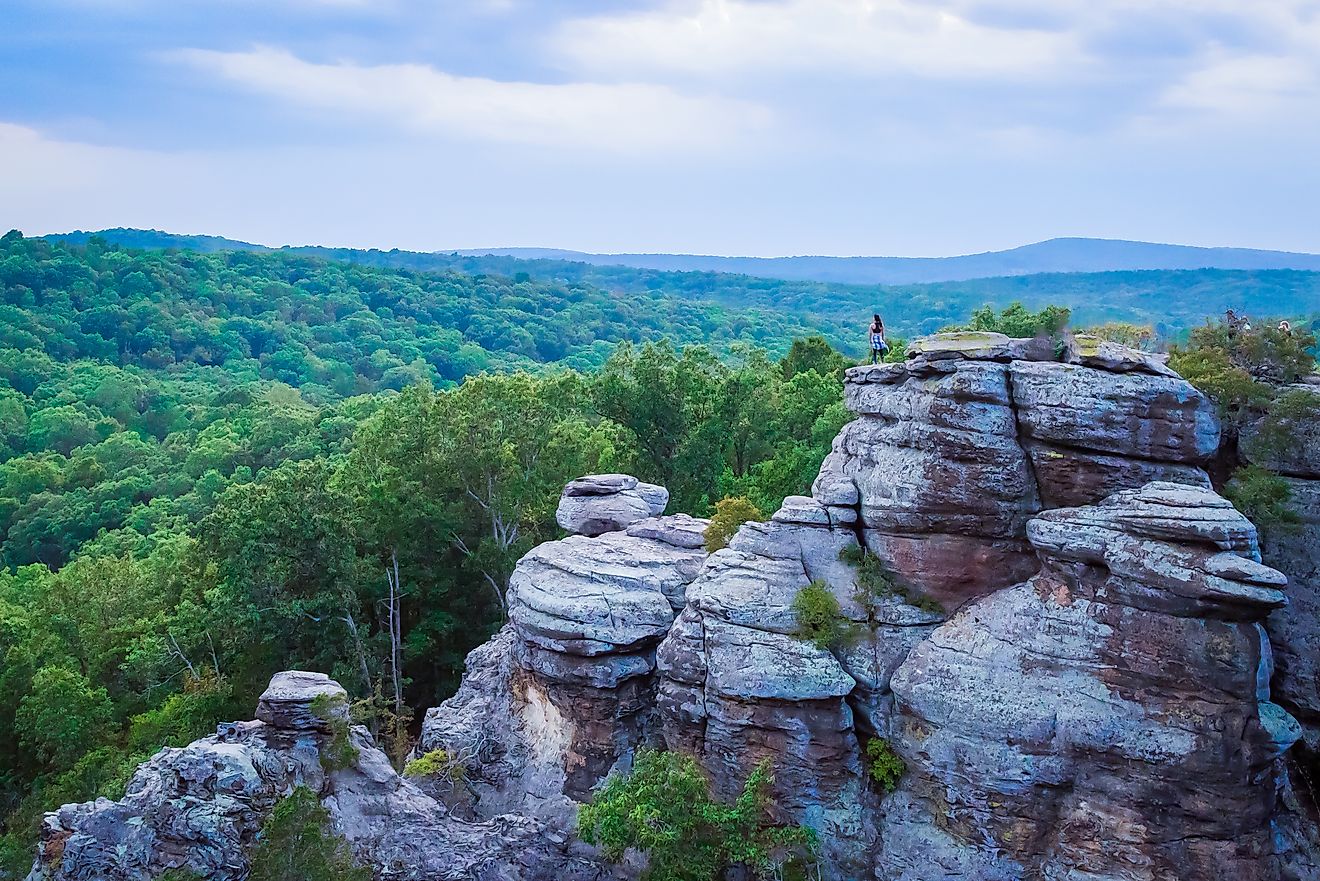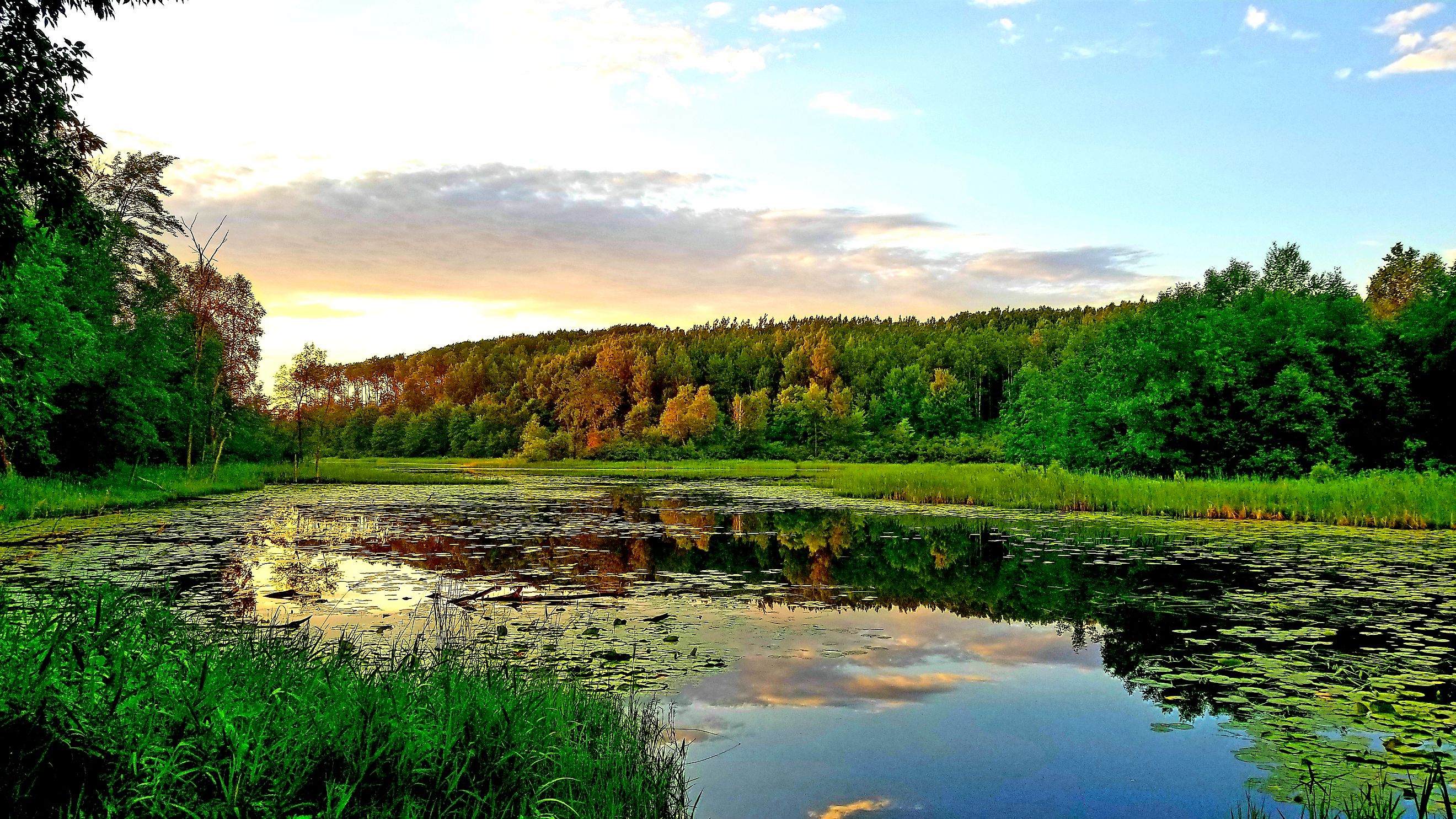
Chippewa National Forest
The story of Chippewa National Forest begins over a century ago, rooted in both conservation activism and cultural history. Established in 1902 as the Minnesota Forest Reserve, it was carved from the unallotted lands of the Chippewas of the Mississippi, Cass Lake, Leech Lake, and Winnibigoshish reservations. At the forefront of the movement were Maria Sanford and Florence Bramhall of the Federation of Minnesota Women's Clubs, who championed the cause of protecting these lands from overlogging and mismanagement.
By 1908, the reserve became the Minnesota National Forest, making it the first national forest established east of the Mississippi River. Twenty years later, in 1928, it was renamed Chippewa National Forest to honor the original inhabitants, the Chippewa (Ojibwe) people, whose lands and traditions remain deeply intertwined with the forest’s identity.
Water Everywhere: A Forest Defined by Lakes and Wetlands
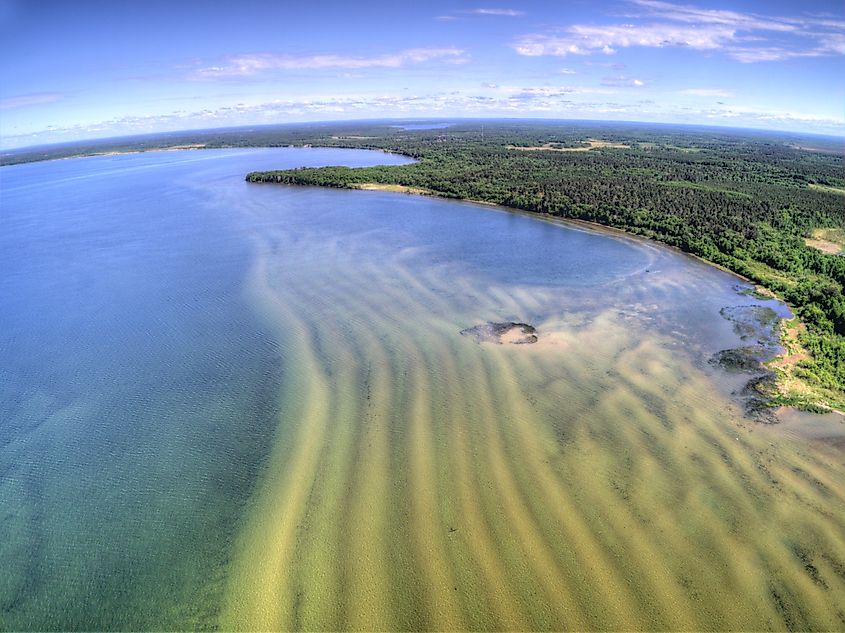
Few national forests can match Chippewa’s abundance of water. The forest is home to over 1,300 lakes, 923 miles of rivers and streams, and 400,000 acres of wetlands, making it the most water-rich national forest in the entire system. In fact, about 13 percent of all surface water within the National Forest network is found here.
Three of Minnesota’s largest lakes (Leech Lake, Cass Lake, and Lake Winnibigoshish) lie within its boundaries, creating prime opportunities for boating, fishing, and wildlife watching. For travelers who dream of kayaking at sunrise or ice fishing in the winter, this forest is a year-round playground.
The Lost Forty: A Mistake That Saved Ancient Trees
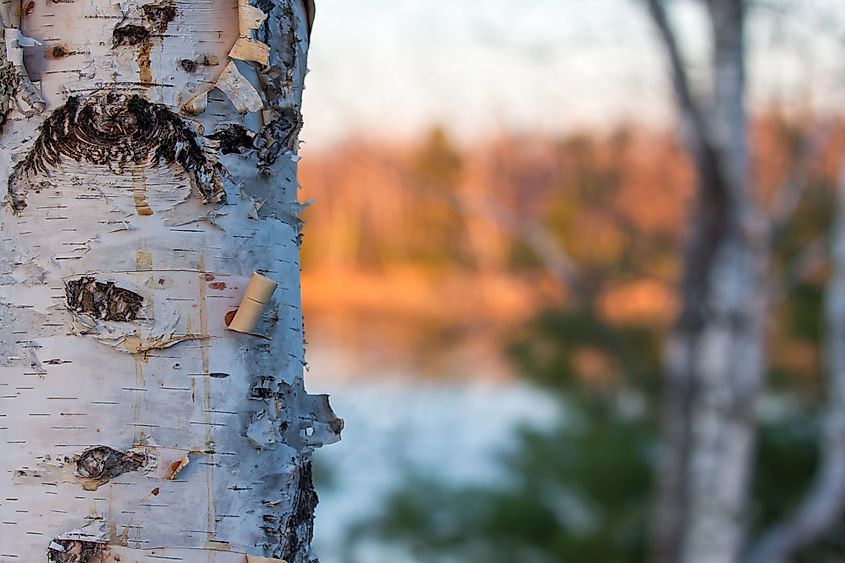
One of Chippewa National Forest’s most fascinating features is a patch of woods known as the Lost Forty. In 1882, a surveyor’s error mistakenly mapped the 144-acre section as part of Coddington Lake. Because of this oversight, it was never logged. Today, the Lost Forty harbors some of Minnesota’s last remaining old-growth pine forest, with red and white pines over 350 years old.
Walking through this rare grove feels like stepping back in time, when towering trees dominated the northern landscape. With less than two percent of Minnesota’s forests classified as old growth, this site is a true natural treasure.
A Landscape Shared: The Leech Lake Indian Reservation
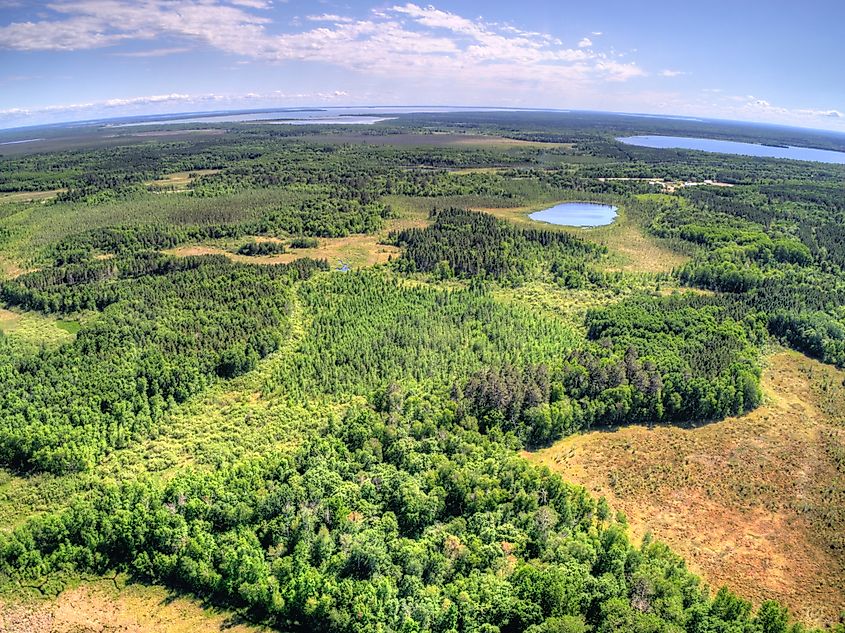
Nearly 44 percent of the forest’s land lies within the Leech Lake Indian Reservation, creating a unique relationship between federal and tribal management. Together, the Chippewa National Forest and the Leech Lake Band of Ojibwe share responsibilities and opportunities for cultural interpretation, land stewardship, and visitor education.
Visitors often encounter opportunities to learn about Anishinabe culture through interpretive programs, events, and historic sites, making this forest not only a place of natural beauty but also a living heritage site.
Wildlife: From Bald Eagles to Loons
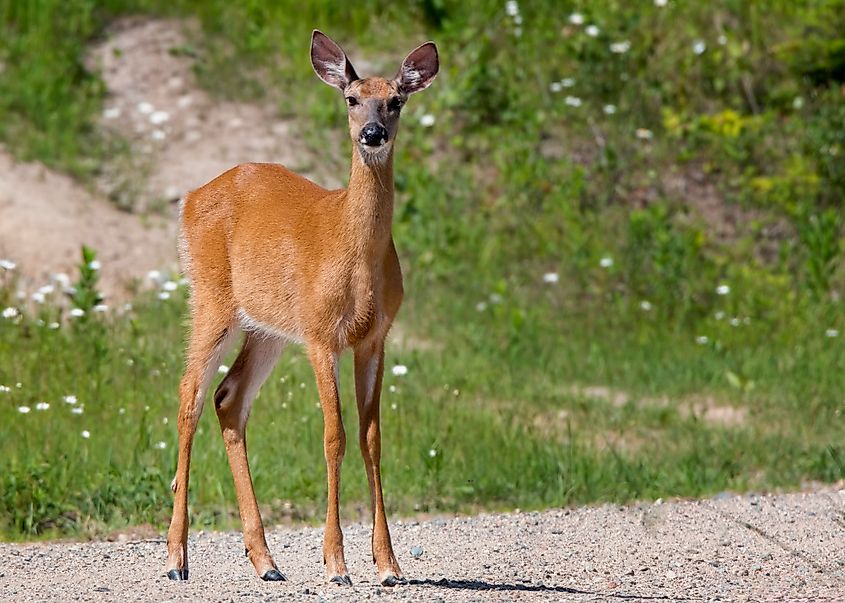
Chippewa National Forest has become a refuge for a remarkable array of wildlife. Once on the brink of disappearing, the bald eagle has made an extraordinary comeback here. In the 1960s, only a dozen nesting pairs were recorded. Today, the forest boasts around 150 nesting pairs, one of the highest densities in the lower 48 states.
Other wildlife commonly seen in the forest include:
-
White-tailed deer
-
Ruffed grouse
-
Osprey
-
Loons
-
Great grey owls
-
Red squirrels and weasels
Birdwatchers, in particular, find the forest a year-round paradise with its mix of aquatic and woodland habitats.
Recreation: Trails, Campsites, and Scenic Drives
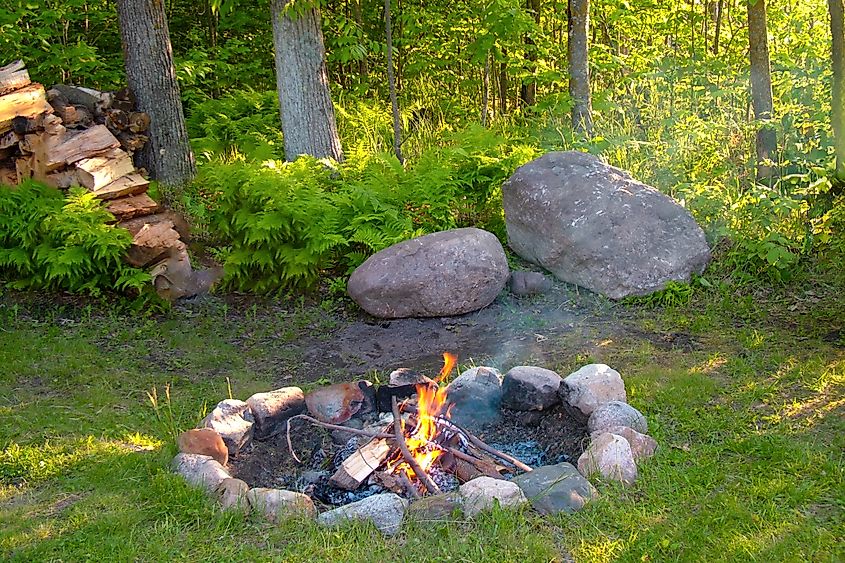
For adventurers, Chippewa National Forest offers an extensive network of outdoor activities. The forest contains:
-
21 developed campgrounds
-
160 miles of hiking trails
-
41 miles of paved bike trails and 43 miles of unpaved bike trails
-
380 miles of snowmobile trails
-
83 boat access points
-
68 dispersed camping areas
One highlight is the North Country National Scenic Trail, which runs for over 60 miles through the forest, offering backpacking campsites and scenic views along the way. Horseback riders can explore 20 miles of horse trails, while winter visitors enjoy snowmobiling and cross-country skiing through the snowy woods.
A Journey Through History: Camp Rabideau and the CCC Legacy
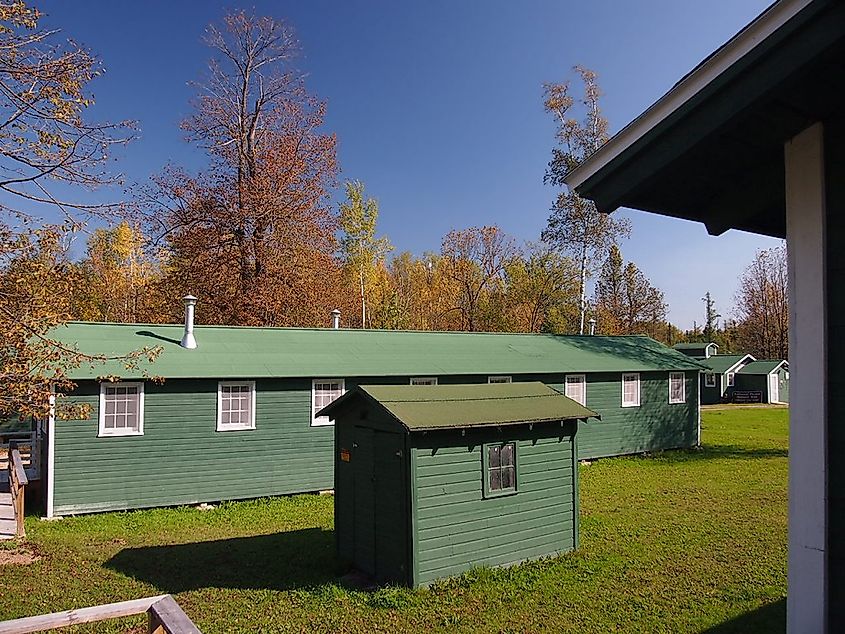
Chippewa National Forest is home to more than 3,000 archaeological and historic sites, a testament to its long and varied past. Two key sites are open to the public:
-
Camp Rabideau: A Civilian Conservation Corps (CCC) camp, considered one of the best-preserved CCC sites in the United States.
-
Chippewa National Forest Historic Supervisor's Office: Built in 1936 by the CCC and Works Project Administration, and still in use today.
These sites provide a window into the Great Depression-era programs that shaped much of the forest’s infrastructure and conservation efforts.
Visitor Centers: Starting Points for Every Adventure
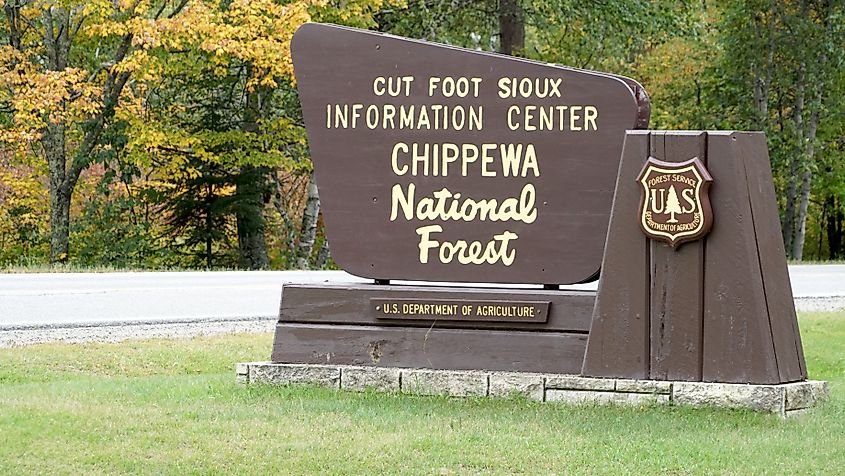
Chippewa National Forest operates three main visitor centers that serve as gateways for exploration:
-
Cut Foot Sioux Visitor Center: Near Deer River, open Memorial Day through Labor Day.
-
Edge of the Wilderness Discovery Center: Near Marcell, open year-round.
-
Norway Beach Visitor Center: Near Cass Lake, open Memorial Day through Labor Day.
Each center offers exhibits, maps, and staff who can help tailor a visit to your interests, whether you want to paddle remote waters or find the best trail for fall colors.
Scenic Byways: Roads Through the Wild
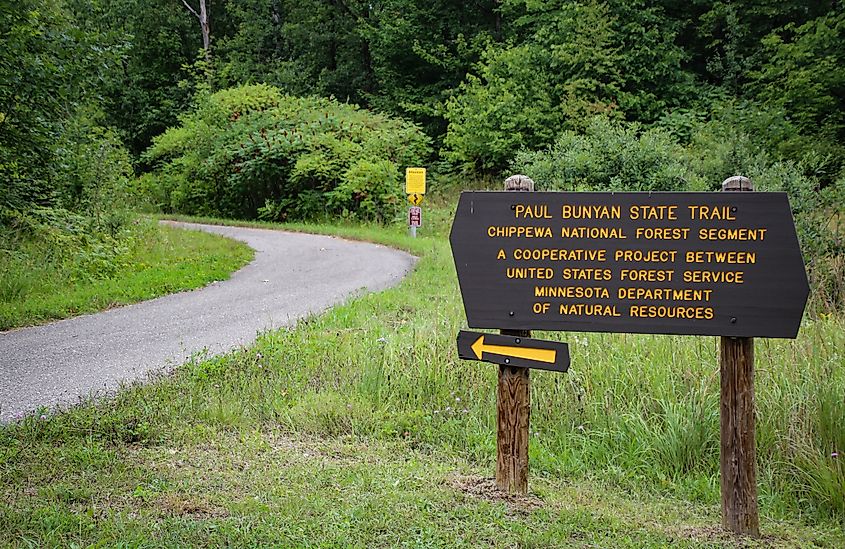
Exploring Chippewa National Forest does not always require hiking boots. Five scenic byways wind through its lands, each offering its own flavor of northern Minnesota charm:
-
Great River Road (Follows the Mississippi River)
-
Edge of the Wilderness National Scenic Byway
-
Avenue of the Pines National Forest Scenic Byway
-
Lake Country Scenic Byway
-
Lady Slipper Scenic Byway (Named after the pink-and-white state flower, often seen along its route)
These byways are perfect for fall color drives, photography outings, or leisurely summer road trips.
Planning Your Visit
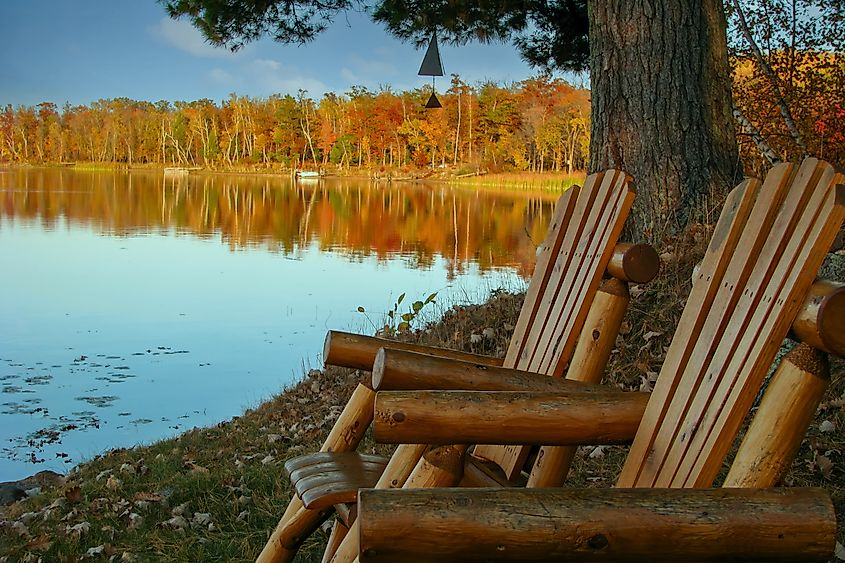
Whether you are planning a weekend camping trip, a weeklong fishing adventure, or a fall road trip, Chippewa National Forest is well-equipped for visitors. Most campgrounds and facilities are open seasonally, with summer being the busiest time of year. Winter offers solitude and snow-covered trails for those who enjoy cold-weather exploration.
Before you go, stop by one of the visitor centers for maps and updates on trail conditions, or check the USDA Forest Service website for permits and seasonal alerts.
The Call of Minnesota’s Wild North
Chippewa National Forest is more than just trees and trails. It is a story of how conservation, culture, and community have come together to create a landscape where bald eagles soar, ancient pines still stand, and visitors can experience Minnesota at its most authentic. Whether you come for the fishing, the history, or the sheer beauty of its waters, this is a place that invites you to slow down, look closely, and reconnect with the land.
By the Numbers: Chippewa National Forest at a Glance
Here is a snapshot of what makes this forest so remarkable:
| Feature | Amount |
|---|---|
| Total area | 667,094 acres |
| Lakes | 1,300+ |
| Rivers and streams | 923 miles |
| Wetlands | 400,000 acres |
| Old-growth forest (Lost Forty) | 144 acres |
| Developed campgrounds | 21 |
| Bald eagle nesting pairs | ~150 |
